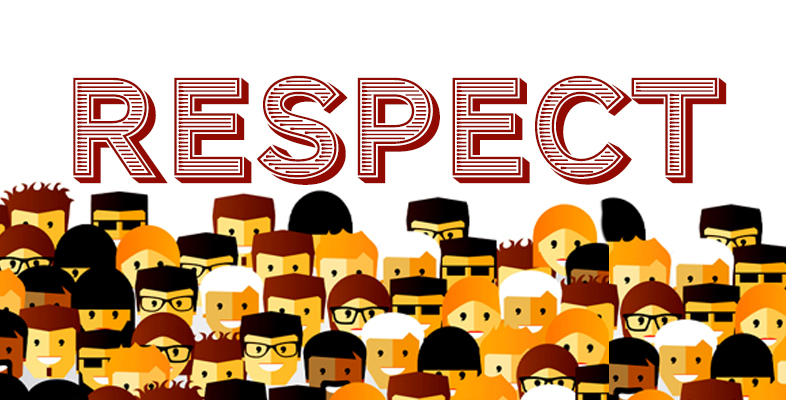3.3 Dissemination needs an audience
Research dissemination can be facilitated and tailored to audiences. This is not always thought of as an ethical issue, but it is, and relates to a researcher’s sense of duty and obligation. If research is completed with humility (thinking back to virtuous behaviours), the impact of the research will partly then rely on the audience to engage with it and take its ideas and/or practices forward.
Case study 6.2 introduces a project that started very small-scale, not even imagined originally as research, but ended up reaching and having an impact on a global audience.
Case study 6.2 Having a voice
A Kenyan boy, Richard, lives in a Maasai, pastoralist community where lions were a particular problem in killing cattle. He experimented with different ways to solve the problem. He found that neither fire nor a scarecrow worked to scare the lions but, by tricking them with flashing lights, they stayed away. Taking an old flashlight, a car battery, solar panel, and a motorbike indicator, he used electronics to make the lights flash on and off. He taught himself about electronics by taking his mother’s radio apart.
On one level this is a story of entrepreneurship of a technical invention in the field of conservation.
It also a story of who benefits from research in a given context. The research came from Richard’s unique position, knowledge and identity as a child in the Maasai community.
Activity 6 Purposes for/benefits of dissemination
Part A
Watch this extract from the story of the invention as presented in a TEDx talk (up to 04:26). Richard Turere: My invention that made peace with lions [Tip: hold Ctrl and click a link to open it in a new tab. (Hide tip)] (open the link in a new tab/window)
Think about:
- Why this child carried out the research, rather than anyone else
- Who might be benefitting from the research
- How its dissemination via TEDx might have affected the impact of the research
- How respect is given to the researcher/inventor in the way the research is presented via TEDx
- Three or more key points on why this is an unusual research story.
Discussion
You might have noted that it is unusual to come across such a child-led example of research (which would fit very highly on Hart’s ladder of participation (1992)). Very often, adults tend to speak for children, even when presenting issues relating to children’s lived experiences. You might have found it unusual for a child with limited resources to be so resourceful in experimenting. You may have appreciated the way TED allowed Richard to speak in his own words to present the research. Think of the different impact if it was described in a written report by an outsider. You might have been surprised at the far-reaching national and international benefits of this finding.
It is also unusual to see a voice being given to someone from this community in an international TEDx forum.
Part B
Think of a marginalised community in a context you know or have read about. What social, community, educational or health-related issues might a researcher explore from a child’s perspective? Think about ways in which they could be helped to disseminate their findings.
Note your ideas.
